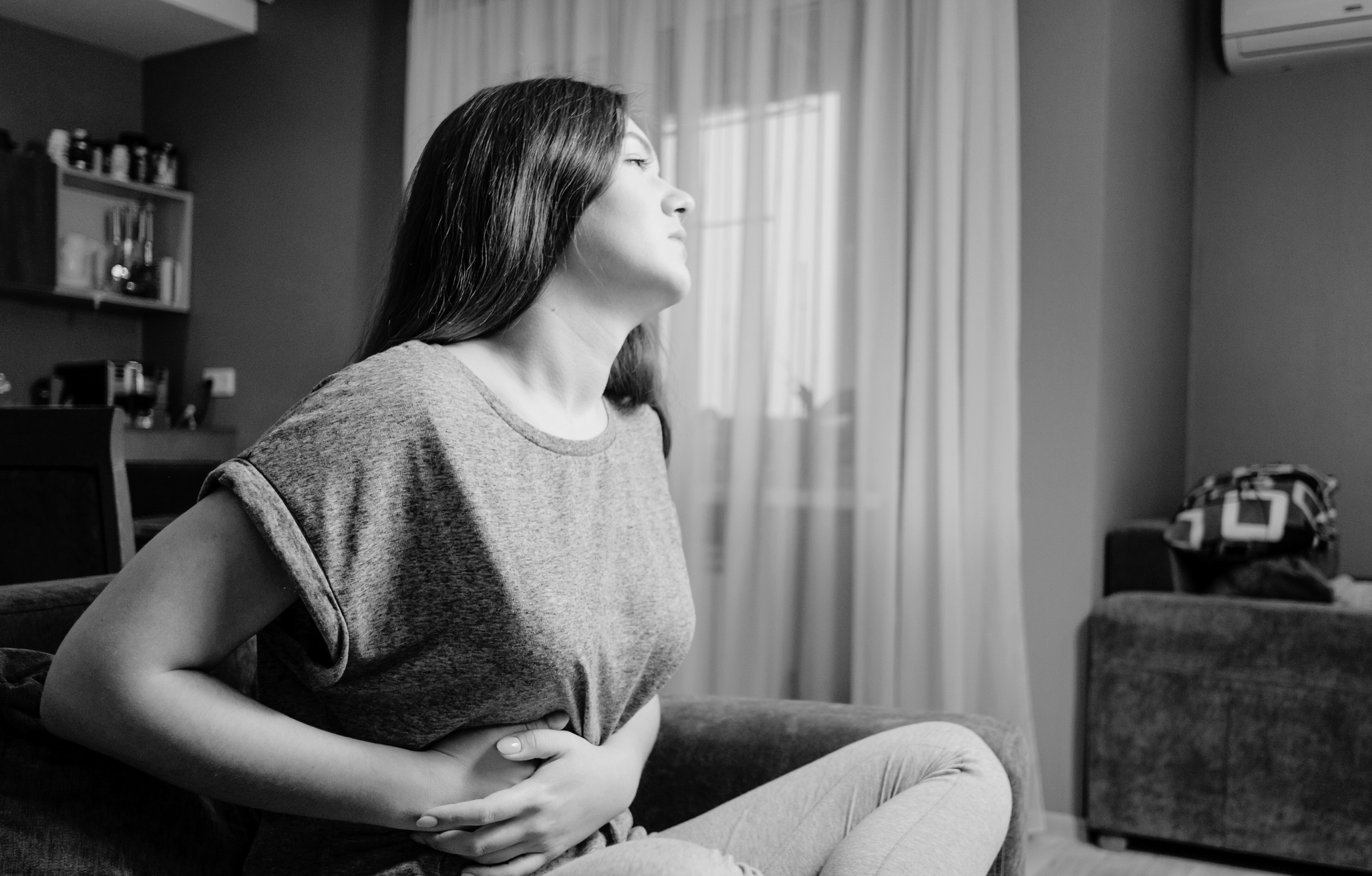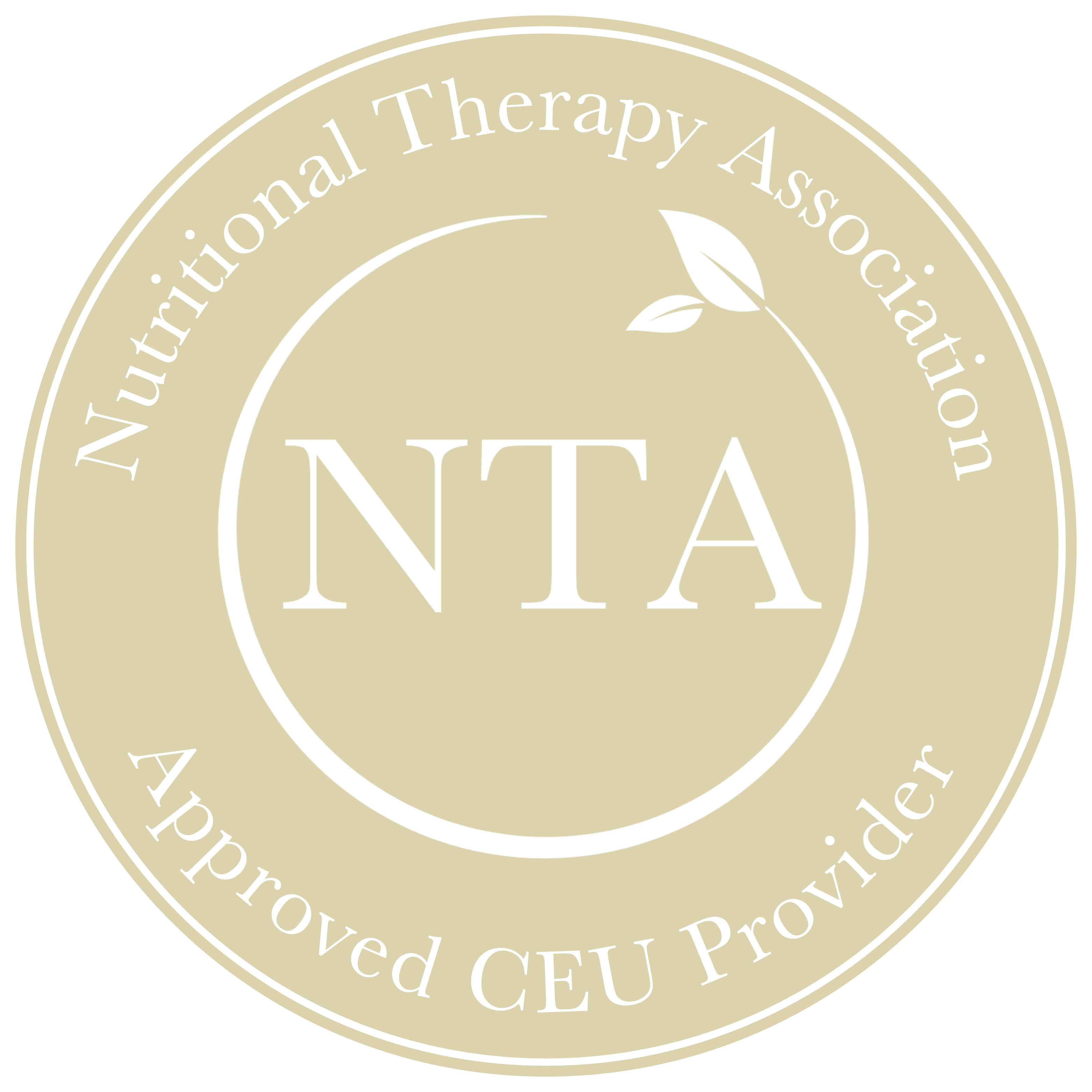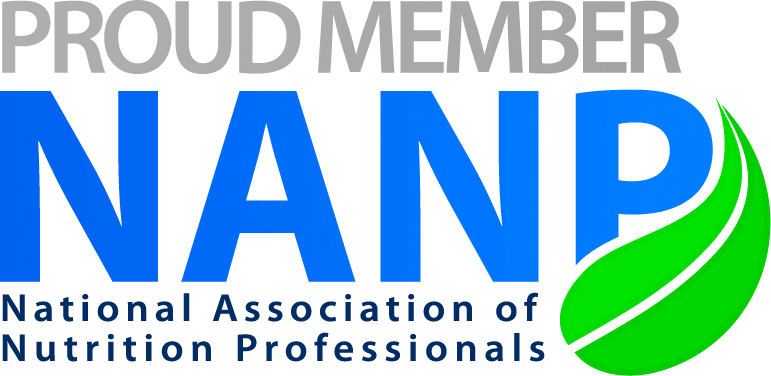“My gut has never been the same since.”
“My digestion used to be fine, but ever since that surgery I’m either wildly constipated and don’t have a bowel movement for several days”
“I’m always bloated. I look like I’m 6 months pregnant all the time, and just about everything I eat makes it so much worse.”
“Oh my goodness, I can’t even look at a meal with fat in it. My stomach just can’t process it. It will have me curled in a ball in pain.”
If you’ve worked with a client who’s had a cholecystectomy – the surgical removal of the gallbladder – you’ve probably heard some version of this.
Significant digestive distress after a gallbladder removal is common. However, there are things you – as a practitioner – can do to help your clients thrive. Let’s dive in:
First, let’s remind ourselves of the important role of the gallbladder in the digestive process.
The gallbladder is a little sack, about the size and shape of an un-inflated balloon, that sits just below the liver. As the liver creates bile, it enters into the gallbladder via the hepatic duct. The gallbladder then stores this bile until you eat a meal that contains fat, at which point it squirts the bile into the top part of the small intestine, called the duodenum, via the common bile duct.
Bile has several important jobs:
-It escorts toxins neutralized by the liver out of the body via the bowels.
-It stimulates peristalsis, which are the rhythmic muscular contractions of the small and large intestines that keep the contents of the digestive tract moving along.
-And it acts as an emulsifier to break down large fatty globules into smaller molecules. Think of it like a detergent in your dishwater, breaking apart the fats into smaller components.
As we know, bile is essential to the elimination of toxins, to the digestive process overall, and to the breakdown and absorption of fatty acids in particular.
In a cholecystectomy, the gallbladder is removed and the common bile duct is connected directly from the liver to the small intestines. As such, bile is no longer being stored and then squirted out when it’s needed; rather, it is on a steady slow drip into the duodenum. This means that there’s not enough bile to properly digest fats when you need it, which is when you’ve eaten a meal that contains fat, and there’s too much bile when you don’t need it, which is between meals.
Bile is very caustic and can be quite irritating to that delicate lining of the small intestine. When you’ve eaten a meal, there are substances secreted that will protect that small intestine lining from damage, but those aren’t being secreted between meals, which means that bile is irritating and damaging the lining of the small intestine, which can lead to a host of issues such as a compromised gut barrier (also known as leaky gut), food sensitivities, and a host of uncomfortable symptoms such as bloating, pain, and irregular bowel movements.
So, how can we support our clients who are in this situation?
Two things:
1. Mimic the digestive function of the gallbladder by supplementing with bile salts when they eat meals, particularly those meals that contain fat. Think of this as a gallbladder replacement strategy – you’re replacing the digestive function of the gallbladder by providing the body with bile salts when needed.
2. Soothe the irritated gut lining with gut-healing agents such as marshmallow root, aloe, l-glutamine, deglycrrhizinated licorice, chamomile, and other soothing herbs and nutrients. This is the reparative part of the strategy – minimizing damage and irritation caused by the slow steady drip of that caustic bile.
These strategies can make a remarkable difference to your clients’ ability to digest fats, to their digestive health overall, and to the reduction of symptoms that have occurred as a result of losing their gallbladder.
They may not resolve all of your clients’ digestive issues, but they are certainly a core piece of the process for anyone who’s had their gallbladder removed.
If you’ve followed these strategies but your clients are still experiencing discomfort, it’s a very good idea to do some targeted gut healing as there is likely some digestive distress even in the absence of symptoms. That’s exactly what we teach in our foundational course Mastering the Art & Science of Gastrointestinal Healing. Our next semester starts in March 2025 – apply now!
Are you a client who is looking for a practitioner to support you on this journey? You can find a certified Restorative Wellness Practitioner here.







